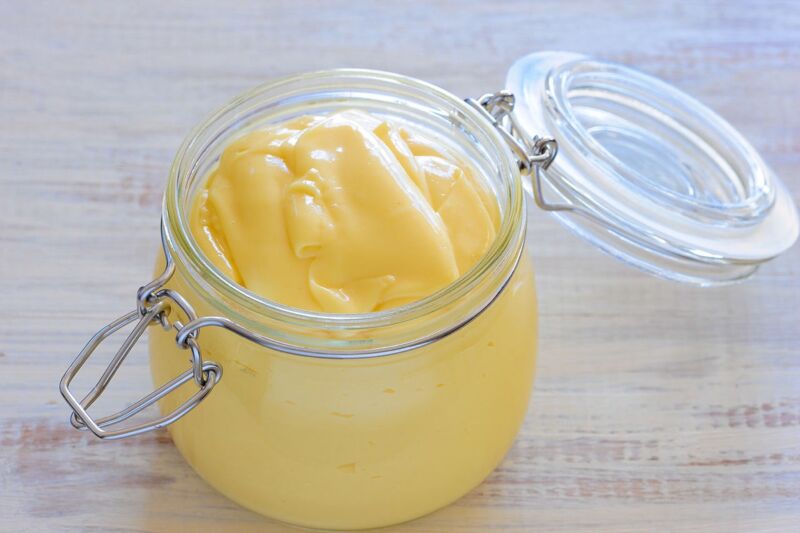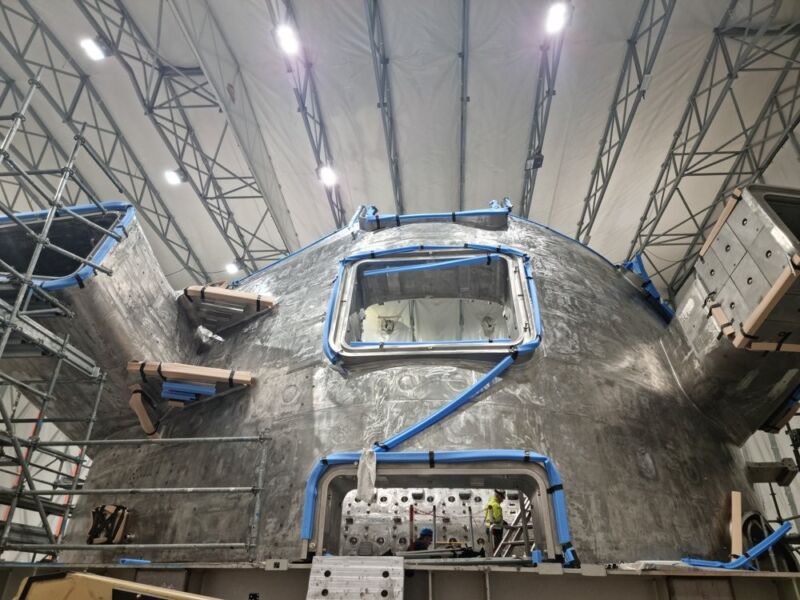Pass the mayo: Condiment could help improve fusion energy yields

Enlarge (credit: jules/CC BY 2.0)
Inertial confinement fusion is one method for generating energy through nuclear fusion, albeit one plagued by all manner of scientific challenges (although progress is being made). Researchers at Lehigh University are attempting to overcome one specific bugbear with this approach by conducting experiments with mayonnaise placed in a rotating figure-eight contraption. They described their most recent findings in a new paper published in the journal Physical Review E with an eye toward increasing energy yields from fusion.
The work builds on prior research in the Lehigh laboratory of mechanical engineer Arindam Banerjee, who focuses on investigating the dynamics of fluids and other materials in response to extremely high acceleration and centrifugal force. In this case, his team was exploring what's known as the "instability threshold" of elastic/plastic materials. Scientists have debated whether this comes about because of initial conditions, or whether it's the result of "more local catastrophic processes," according to Banerjee. The question is relevant to a variety of fields, including geophysics, astrophysics, explosive welding, and yes, inertial confinement fusion.
How exactly does inertial confinement fusion work? As Chris Lee explained for Ars back in 2016:
